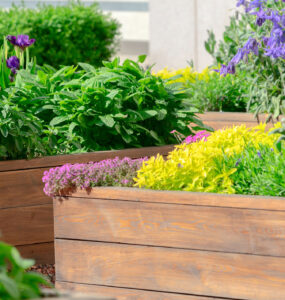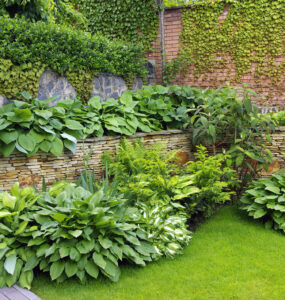Fiddle leaf fig trees have reigned as one of the most iconic houseplants for some time now. Their large, violin-shaped leaves know just how to make a statement, which is part of what makes them such popular choices. That is, until recently. What people don’t tell you is how finicky these houseguests really are. If you’re ready to stop fiddling with fiddles, take a look at my top 5 alternative houseplants:
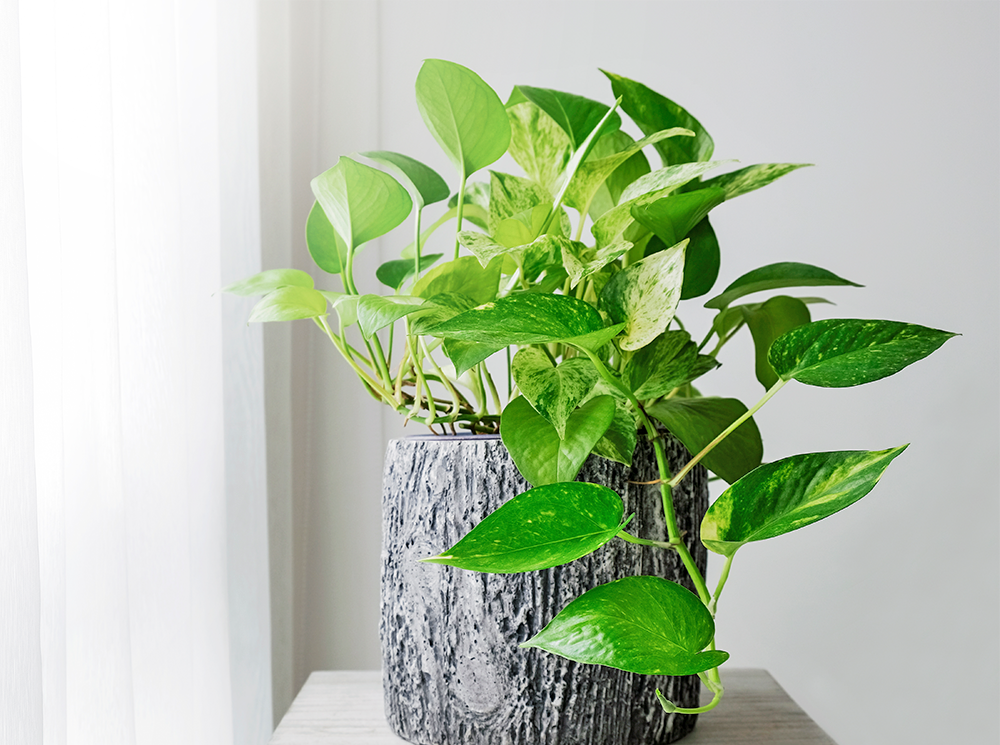
Pothos
The selling feature of pothos is actually their inability to die, quite the opposite from fiddle-leaf figs. They’ve been around for forever, and aren’t going anywhere anytime soon. With their lovely, trailing habit, these plants look great sitting high up on shelves. But with very little need for light, feel free to place your pothos plant almost anywhere in your home. Allow them to thrive on your neglect – just remember to water them about once a month.
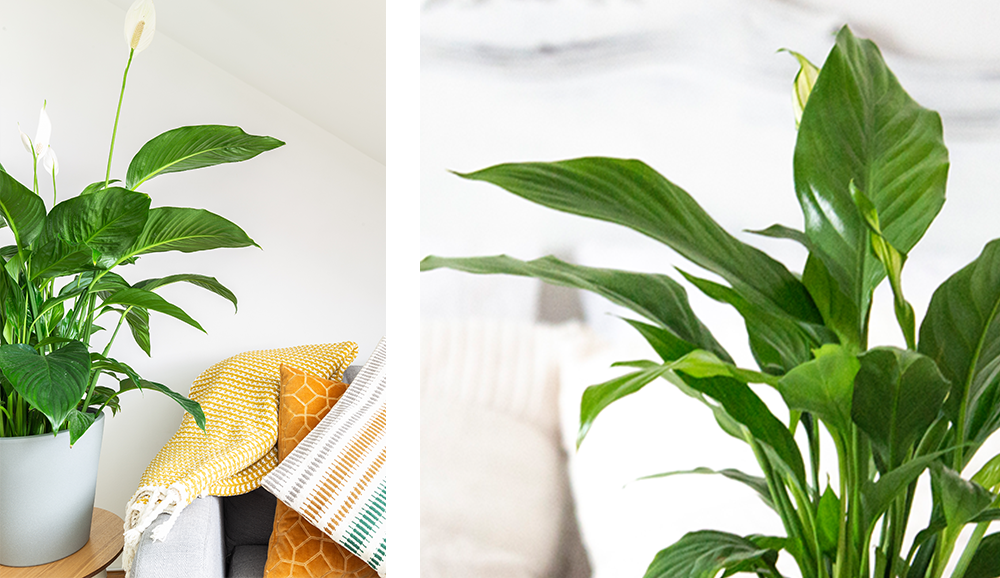
Peace Lily
The peace lily has a calm and tranquil presence in the home. Though they aren’t true lilies, these plants do flower. Their gorgeous, creamy white flowers are similar to calla lilies, and add beauty to any room in the house. Named one of the top ten air-cleaning plants by NASA, peace lilies truly refresh your living space. Plus, they’re easy to care for and can flourish in some of the darkest corners of your home.

Rubber Tree
If you’re looking for something comparable to a fiddle-leaf but without the high demands, look no further than a rubber tree! These trees are from the same ficus family as fiddles and look very similar, but have beautiful deep green (almost black) leaves instead. I actually find that their dark and mysterious vibe has more of an interesting presence than regular, green houseplants. Water your rubber tree regularly during the summer, but only every couple of months during the cool season.
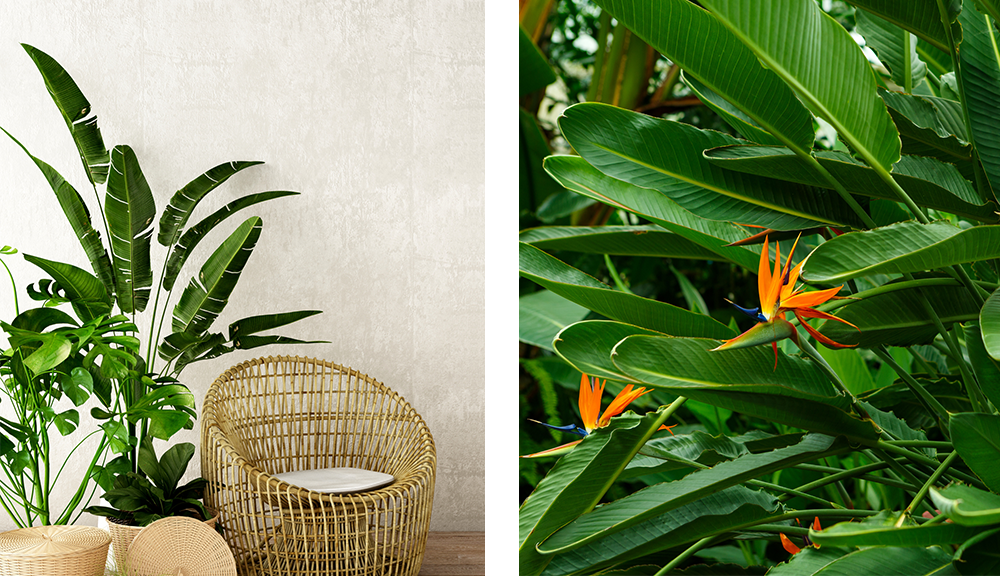
Bird of Paradise
Indigenous to South Africa, you might need a double take if you encountered birds of paradise in its natural habitat. This flowering plant is similar to a rubber plant – until it blooms. Also called the crane flower, the bright, asymmetrical and pointed petals of this plant actually resemble a tropical bird! An exotic addition to your collection, this houseplant is sure to provide add some eye-catching colour. Keep them near a bright window where they can soak up the sun. Plant them in well-draining soil. Water deeply, but let the soil dry out before watering again.
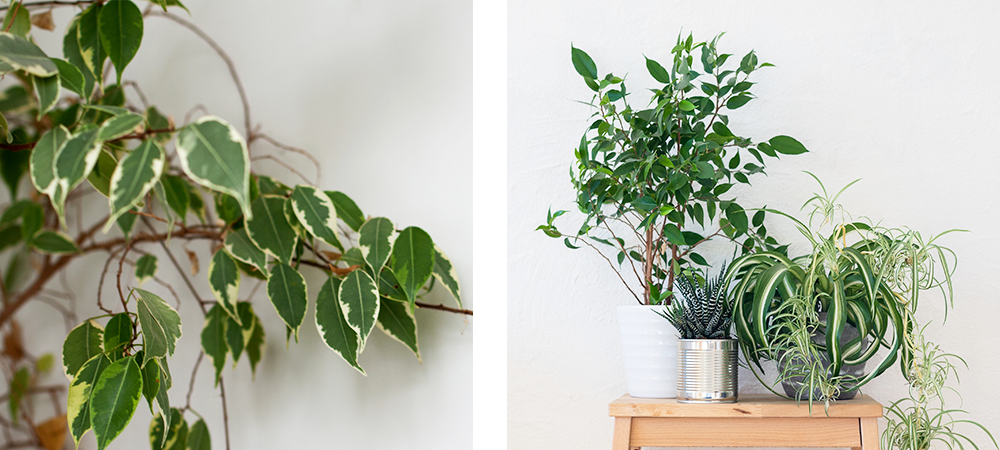
Weeping Fig
Though they’re related to fiddle-leaf figs, these cousins couldn’t be more different. They have a more delicate, broad canopy with finer leaves. Pretty and elegant, they’re often sold with their thin, flexible stalks braided for crying out loud! I can’t think of many houseplants with that kind of delicate beauty. They like moist soils, so water them every other week, or monthly during the cold season. Keep them bright and healthy with regular fertilization.
Why go for a dying trend that’ll make you work extra hard when there are so many easy and attractive alternatives? These houseplants each bring their own elements of grace and charm with much more independence the finicky fiddles.



